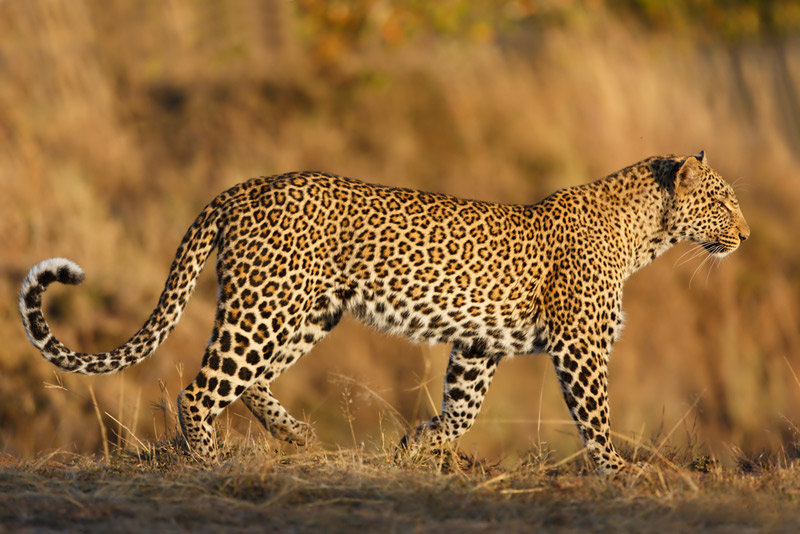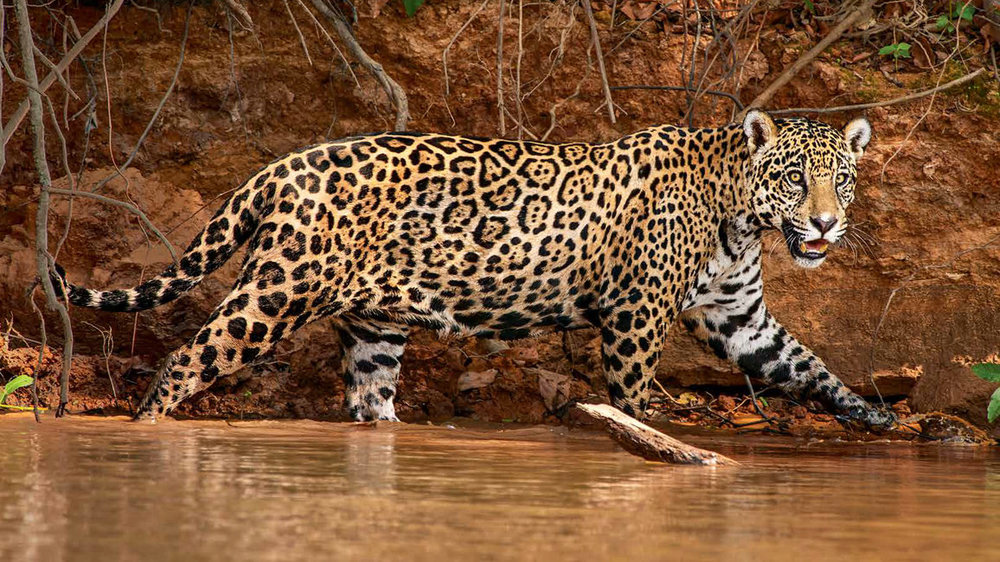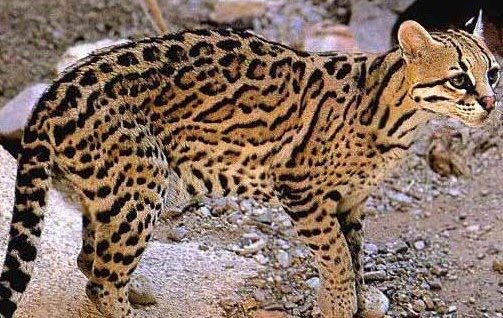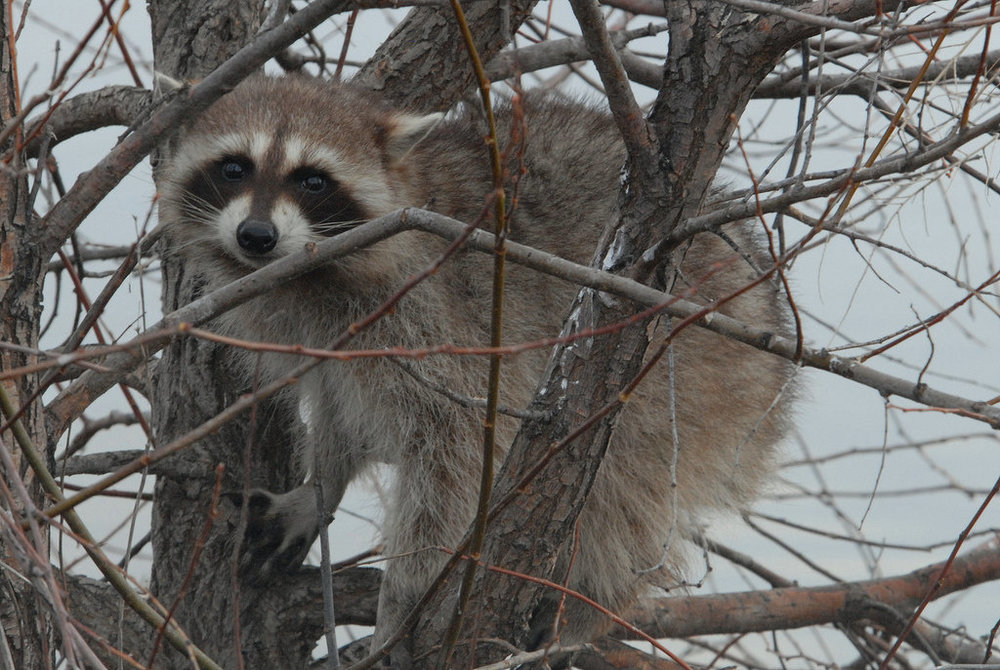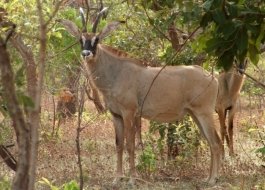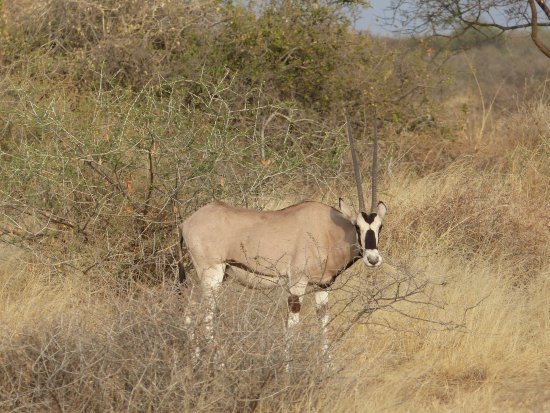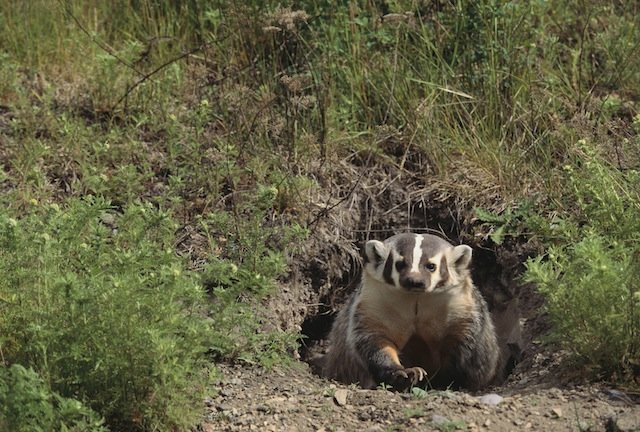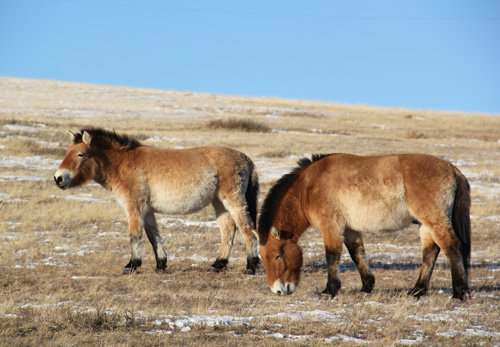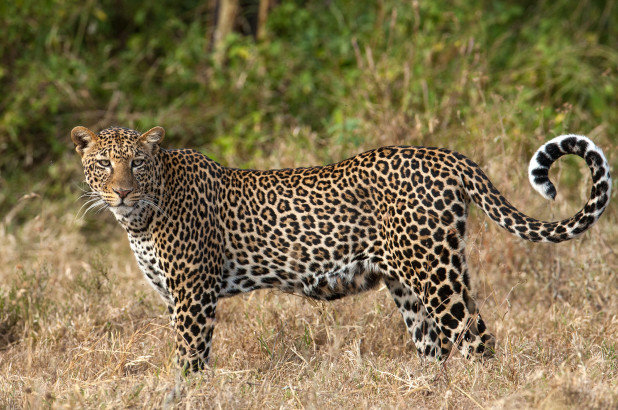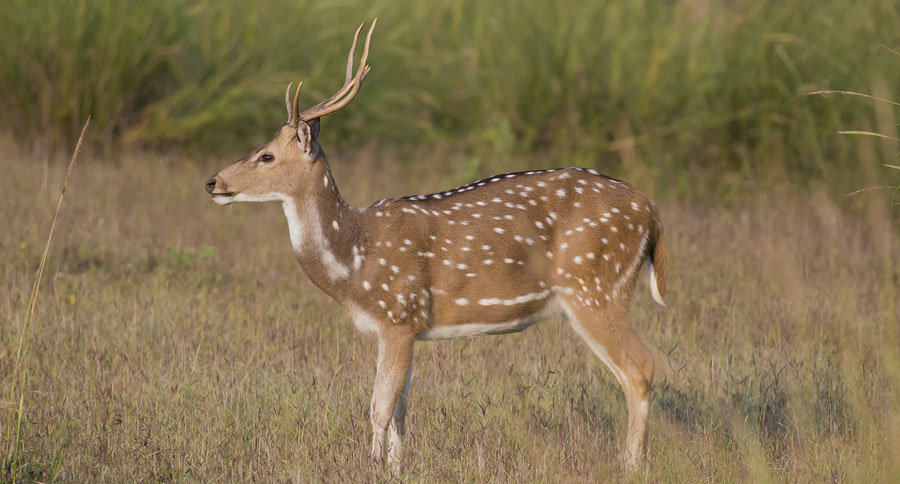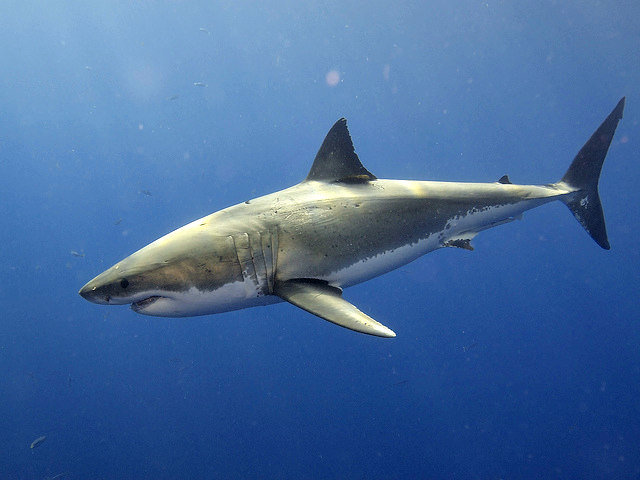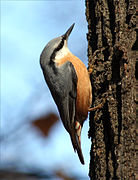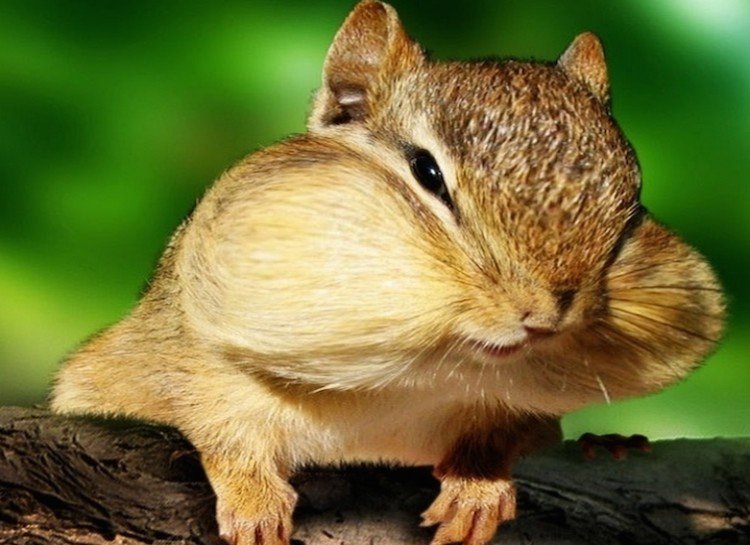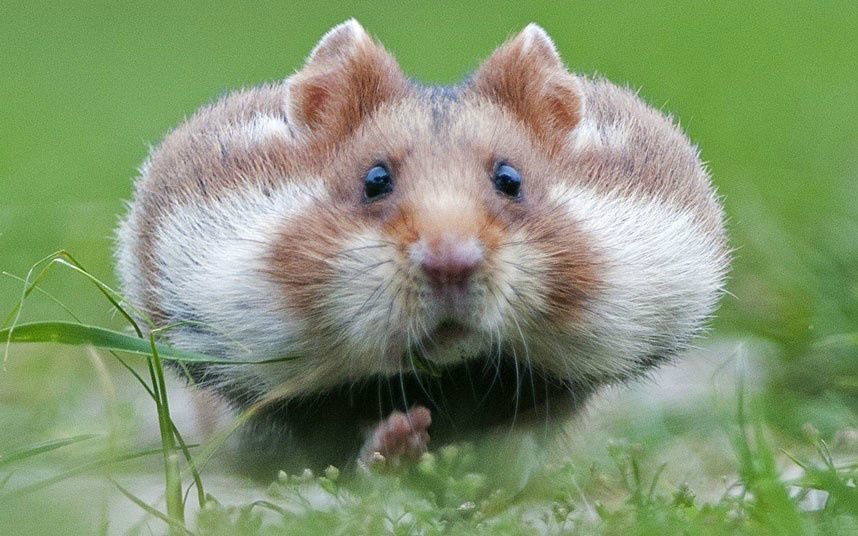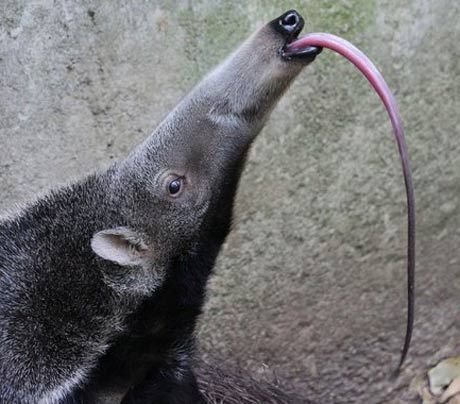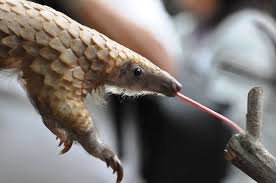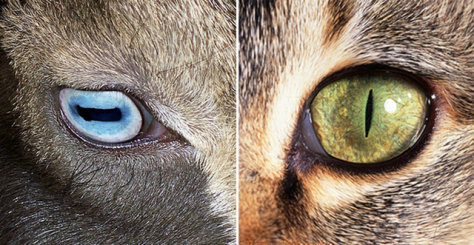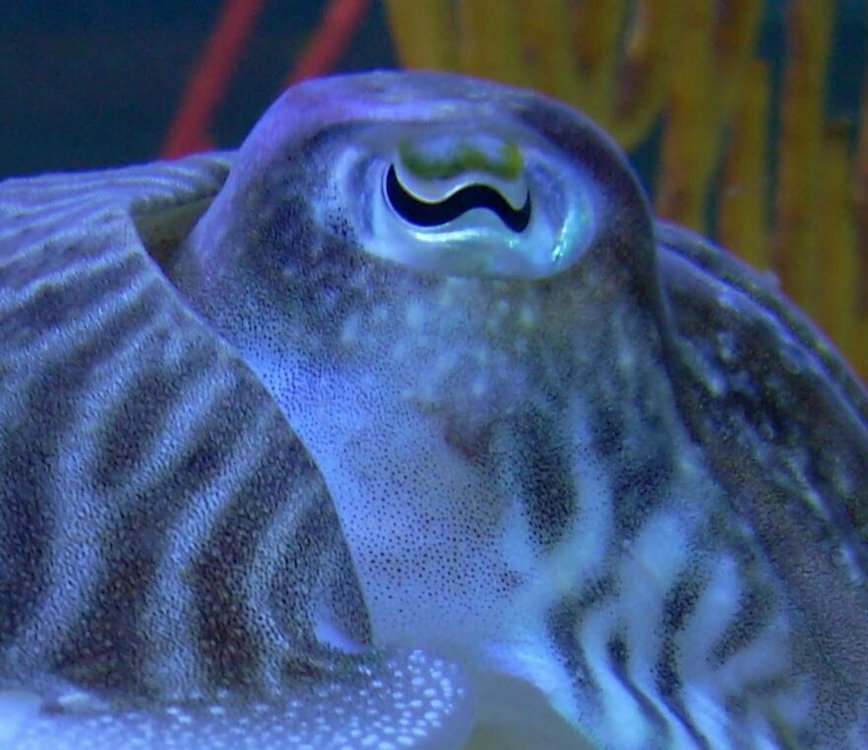-
Posts
383 -
Joined
-
Last visited
Content Type
Profiles
Forums
Events
Everything posted by kakapo123
-
I'm super hyped for the update this is awesome
-
That would be quite cool but I'm not sure if it would be a bit much, the other patterns either add camouflage in one biome or don't add anything. Perhaps it could add to savannah instead so its different from the spots?
-
Not a particularly exciting idea, but I would love to be able to give my nichelings rosettes It would be an allele of the pattern gene. It would add to camouflage in the savannah biome. Different shapes could include rosettes with and without internal spots and elongated rosettes Pictured below, from top to bottom, is a leopard (rosettes without internal spot), a jaguar (rosettes with internal spot) and an ocelot (elongated rosettes)
- 18 replies
-
- 13
-

-
Upvoted, this sounds pretty cool Also, how do the antennae actually work??? Nearly half my tribe have them but I don't know what they do lol
-
I understand that some people would rather make their nichelings look pretty and roleplay, but niche is a survival game. If new things are going to be added to the game, it should be things that actually add to gameplay, not things that can be used to make a nicheling that looks like such and such from warrior cats I don't have anything against adding piebaldism to the game (I actually made a suggestion to add it) but I don't think it should be added purely as a cosmetic trait. I also don't think it should be based off of cats, who are domestic and have been bread to look how we want them to. If it were going to be added it should be based off of wild animals with piebaldism. Niche is about breeding wild animals so they can survive and not domestic animals so they look nice, after all
-
These are some pretty cool ideas, especially the crocolotl. It's name sounds awesome
-
Technically 'things that are just there to look nice towards other members of their species' do have an evolutionary purpose - to look nice towards other members of their species. And although there may be many traits in an animal that don't seem to have any benefits, they also don't hinder the species Piebaldism is very common, and possible in all animals. There's a reason no animal is naturally piebald. Not only does it make the animal more noticeable to predators, it also commonly results in hearing impairment or deafness. Even if the animal doesn't have hearing problems, it is still more likely to fall prey to predators than other members of its species. This of course reduces its lifespan by quite a bit, which in turn reduces its chance of reproducing. Any of the babies it does have that inherit the piebald trait face the same problems as their parents, as would their children and grandchildren and so on. This eventually results in the mutation dying out In short, piebaldism causes nothing but problems for an animal, and wouldn't just be a cosmetic trait there to make the animal look pretty
-
Not necessarily. Many animals have small amounts of white on their face. On the other hand, very few animals have large white markings like this, and those that do are able to defend themselves well enough that they don't have to worry about predation. Nichelings are prey to large animals like bearyenas, and although there are some defensive traits you can give them, none of them (as far as I'm aware) significantly discourage predators Not only do the white markings make the animal (or nicheling) more noticeable to predators, they are also more often than not associated with high chances of hearing impairment or deafness, which would cause even bigger problems for the creature than a lack of camouflage Also, considering the game is based on real life...
-
Camouflage is an important feature for many animals. The game features two different methods at the moment; colour matching from the colour genes and disruptive colouration from the pattern gene. Another widely used method of camouflage is countershading When light falls on a uniformly coloured animal, it causes shadows on the animal's undersides. This makes the animal easier to detect by threats. In countershading, the animal's undersides are paler than the rest of the body, countering the effects of self-shading and helping to camouflage the animal better Countershading would be a new gene with three different alleles. It would have an allele for no countershading, an allele for high countershading and an allele for low countershading. Dominance would be no countershading > high countershading > low countershading. High countershading would be more suited to an open environment and would add camouflage in the grassland, savannah and mountain biomes. Low countershading would work better in a darker, more closed environment and would add to camouflage in the jungle and swamp biomes Above below countershading is another type of countershading used underwater by animals such as sharks and rays. The parts of the body which can be seen from above are darker, camouflaging the animal with deep water, while the parts of the body which can be seen from underneath are lighter and camouflage the animal with the surface of the water. Because of the way a nicheling's body is shaped, this type of countershading would be ineffective so I haven't included it Below are some pictures of animals with countershading. These are, from top to bottom: a pair of Przewalski's horse, a leopard, an axis deer and a great white shark
-
Perhaps it could be a seperate gene that causes the fur to turn white when there is snow, but leaves the fur colour and pattern as it is when that isn't Also how would it add to cold resistance?
-
The mask pattern in the game doesn't have any negative effects. In real life it is used as a form of camouflage known as a disruptive eye mask. It obscures the eye, which is an easy target for predators or rivals, making it less vulnerable if attacked
-
That drawing is 10/10 art goals
-
This would make the game impossible to play unless you were to stay on the same island. Not only would you need to travel on land to move to different islands, there is also a lot less to explore underwater so the game would be a whole lot less interesting Also, have you heard of full stops? Commas? It would be so much easier to read if you used a little bit of punctuation
-
I'm pretty sure albinos don't have any greater a chance of being deaf than normally coloured animals. Shortsightedness and blindness would be a great addition though, albinism is too desirable a trait in the game. It needs some debuffs to reflect how undesirable it is in real life. The pink nose is a great point too, upvoted
-
Albinism and Melanism give camouflage stats
kakapo123 replied to Bill Nye the Science Fry's post in Feature Requests
Melanism could also add to camouflage in the swamp biome, it's quite dark -
I'm not really sure about this gene. Yes, white spotting might look cool, but what evolutionary purpose would it serve? Most of these patterns would just make your nicheling look conspicuous and more likely to be targeted by predators. Niche is about adapting your nichelings to survive, not making them look pretty
-
Smell could go down to 1 or 2 and collecting could stay 3. Pouches on chipmunks can apparently reach the size of their body when completely full, and would be able to gather a lot more efficiently than the nimble fingers which give 2 collecting I hadn't really thought about how it would be unlocked. Perhaps the nichelings would need to gather a set amount of berries to unlock it. 125 maybe? That would be a bit more than the nimble fingers, but not too much
-
Cheek pouches would be an allele under the nose gene and would have 3 collecting and 3 smelling. They would be an alternative for the bird beak if a nicheling has forelimbs like the claw or digging paw which don't have any collecting
-
Bug food source idea + Bug collecting snout
kakapo123 replied to jaxpsylla's post in Feature Requests
How about a giant anteater sort of snout? They're pretty cool Also maybe there could be a venomous (or something along those lines) variety of froodle that normal nichelings can't eat and you need some sort of pangolin type snout to eat them I love this idea so much (the froodles are awesome), we really need insectivorous nichelings -
I've seen a lot of requests for heterochromia, which I think would be quite cool, but genetically inherited heterochromia is only know to be caused by Horner syndrome, Waardenburg syndrome and leucism. I'm not sure what the first 2 are, but leucism is a genetic trait which causes partial but not complete loss of pigment. We already have albinism and melanism, so this gene would be pretty cool to add too Leucistic animals are often mistaken for albinos. Although both have white fur and pink skin due to lack of pigmentation, leucistic animals don't have fully unpigmented, red eyes. Leucism never completely removes pigment from the eye, but can cause heterochromia or blue eyes by reducing pigment. This would give the same white fur and pink nose as albinos, but the eyes wouldn't be red. Instead, there would be a 50% chance of blue eyes, a 25% chance of heterochromia and a 25% chance that the eyes would be unaffected Partial leucism, or piebaldism, is a form of leucism where only some of the fur and skin is unpigmented. Heterochromia and blue eyes can also be caused by partial leucism, but aren't quite as likely as in fully leucistic animals. This would cause the nicheling to have white fur with patches of coloured fur. There would be a 25% chance of blue eyes, a 25% chance of heterochromia and a 50% chance for the eyes to be unaffected Leucism is often associated with deafness or partial loss of hearing, especially if it causes heterochromia or blue eyes. In leucistic nichelings it would give a 50% chance of -1 hearing if both eyes are blue, a 25% chance if 1 eye is blue and a 10% chance if the eyes are unaffected. In partially leucistic nichelings there would be a lower chance of hearing impairment. If the eyes are both blue then there would be a 25% chance of -1 hearing and if 1 eye is blue there would be a 10% chance of -1 hearing. If the eyes are unnaffected then there would be a 0% chance of hearing impairment Genetics wise, leucism would be codominant with no leucism. A nicheling with 2 alleles for no leucism would be unaffected, a nicheling with 2 alleles for leucism would be completely white and a nicheling with 1 of each allele woud be partially leucistic This other post also suggests piebaldism, but doesn't include complete leucism. It also doesn't mention the association with deafness, but you should upvote it, piebaldism would still be pretty cool without the debuffs This post here also mentions some debuffs for albinism including lowered eyesight and no protection from UV rays which would be pretty good to add
-
I'm pretty sure I read something about this somewhere, but I really like the idea of having different types of pupils. Some possible pupils would be rectangular pupils, slit pupils and wavy pupils Rectangular pupils are a commom feature on hoofstock such as goats, antelope and horses. They allow the animal to see almost entirely around them, which would be useful in open habitats. This would add an extra point to sight when in the grassland, savannah and mountain biomes Slit pupils are characteristic of cats, and can also be seen on other small predators like foxes. Nobody is sure exactly what advantages slit shaped pupils give, but because they are most common in nocturnal and crepuscular carnivorans, they probably work best in darker environments. These pupils would add an extra point to sight in the jungle and swamp biomes The w-shaped pupil of a cuttlefish is thought to balance unevenly distributed light underwater, letting the animal see what's going on around it clearly. This pupil shape would allow clear vision underwater, adding an extra few points to vision in the water biome. It might not work quite so well on land though The usual round pupil would also be an option and would provide decent sight in all land biomes, but wouldn't add any extra points. They wouldn't work too well underwater, neither would the rectangular pupils or slit pupils, and would perhaps only work as well in water as shortsighted eyes do on land In terms of genetics, this would add a new gene slot with 4 alleles , one for each pupil shape. The dominance would be round pupils > rectangular pupils > slit pupils > wavy pupils Here are some pictures of these pupil shapes in real life. The first image shows a goat with rectangular pupils on the left and a cat with slit pupils on the right. The second shows a cuttlefish with its w-shaped pupil

